It’s been a long journey since the first web server was released back in 1991. For quite a long time, Apache was the only mention-worthy webserver. Over time, however, other open-source web servers have gained traction.
In this guide, we look at some of the best open-source web servers.
1. Apache HTTP Server
Apache HTTP Server, colloquially known as Apache or httpd in Red Hat-based distributions is a free and open-source web server developed by Apache Software Foundation under Apache License version 2.
Released in 1995, Apache has grown in leaps and bounds to become one of the most popular and widely used web servers, powering over 23.04% of all websites.
Apache is written in C language and is a highly customizable web server thanks to its tons of modules that extend the web server’s functionality.
These include mod_file_cache for caching, mod_ftp to provide FTP support for file uploads and downloads, mod_ssl that allows support for SSL/TLS encryption protocols, and many more.
Additionally, given its rich set of modules, Apache provides multi-protocol support such as both IPv4 and IPv6 support and the commonly used HTTP, HTTP/2, and HTTPS protocols.
Apache also offers virtual hosting support that allows you to host multiple domains or websites. By configuring virtual hosts, a single server can host multiple domains with ease and without any complexities. You can have example.com, example.edu, example.info, and so on.
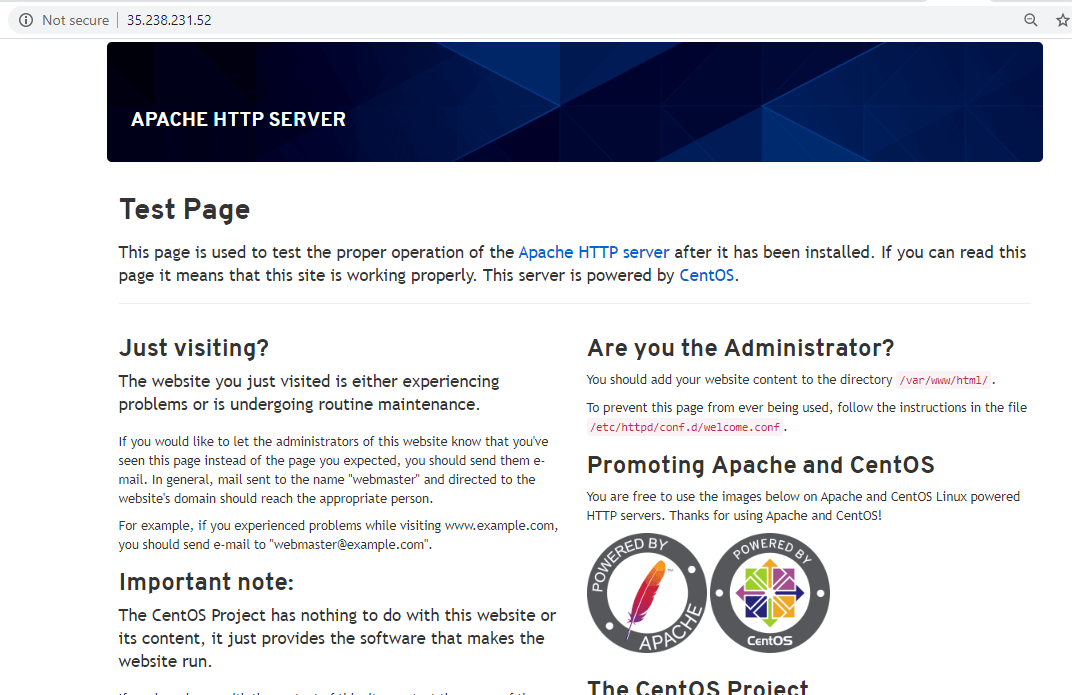
Learn how to install the Apache webserver on Linux distributions using the following guides.
2. Nginx Web Server
Pronounced as Engine-X, Nginx is an open-source high-performance robust web server that also double-ups as a load balancer, reverse proxy, IMAP/POP3 proxy server, and API gateway.
Initially developed by Igor Sysoev in 2004, Nginx has grown in popularity to edge out rivals and become one of the most stable and reliable web servers.
Nginx draws its prominence from its low resource utilization, scalability, and high concurrency. In fact, when properly tweaked, Nginx can handle up to 500,000 requests per second with low CPU utilization. For this reason, it’s the most ideal web server for hosting high-traffic websites and beats Apache hands down.
Popular sites running on Nginx include LinkedIn, Adobe, Xerox, Facebook, and Twitter to mention a few.
Nginx is lean on configurations making it easy to make tweaks and just like Apache, it supports multiple protocols, SSL/TLS support, basic HTTP authentication, virtual hosting, load balancing, and URL rewriting to mention a few. Currently, Nginx commands a market share of 33.6% of all the websites hosted.
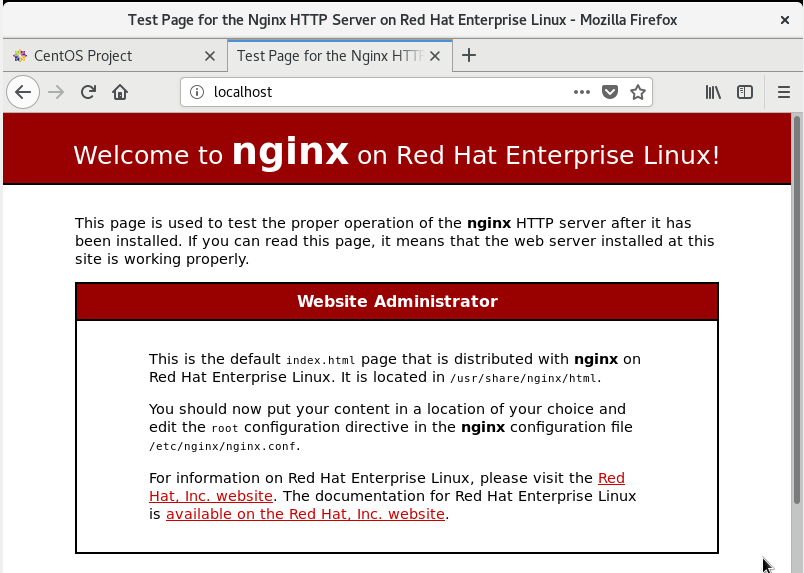
Learn how to install the Nginx web server on Linux distributions using the following guides.
3. Lighttpd Web Server
Lighttpd is a free and open-source web server that is specifically designed for speed-critical applications. Unlike Apache and Nginx, it has a very small footprint (less than 1 MB) and is very economical with the server’s resources such as CPU utilization.
Distributed under the BSD license, Lighttpd runs natively on Linux/Unix systems but can also be installed in Microsoft Windows. It’s popular for its simplicity, easy set-up, performance, and module support.
Lighttpd’s architecture is optimized to handle a large volume of parallel connections which is crucial for high-performance web applications. The web server supports FastCGI, CGI, and SCGI for interfacing programs with the webserver.
It also supports web applications written in a myriad of programming languages with special attention given to PHP, Python, Perl, and Ruby.
Other features include SSL/TLS support, HTTP compression using the mod_compress module, virtual hosting, and support for various modules.
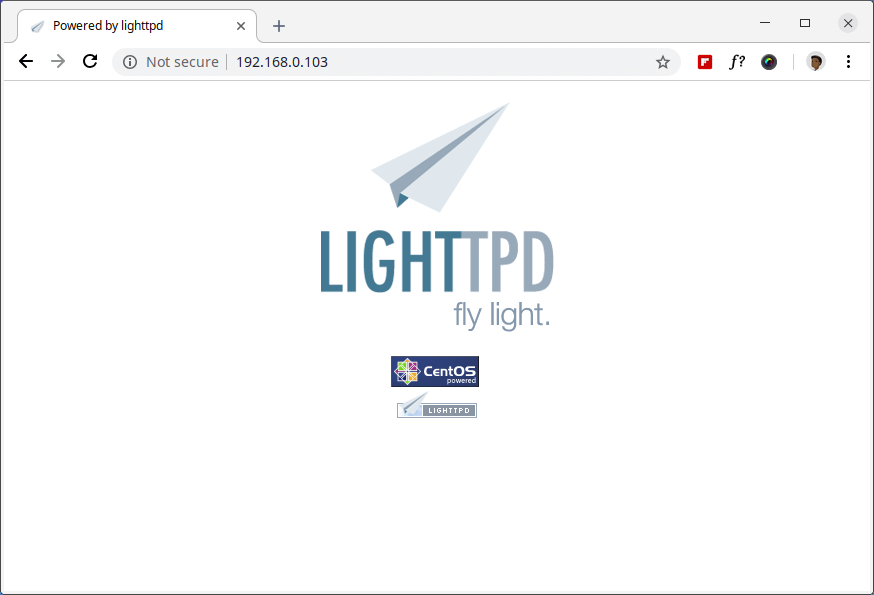
Learn how to install the Lighttpd web server on Linux distributions using the following guides.
4. Apache Tomcat
Apache Tomcat is an open-source implementation of Java servlet engine, Java Expression Language, and Java Server web pages. It comes across as an ideal option for developers who are building and deploying Java-based applications.
Strictly speaking, Tomcat is not your ordinary web server like Nginx or Apache. It’s a Java servlet that comes with extended functionality for interacting with Java servlets while at the same time implementing technical specifications such as JavaServer Pages (JSP), and Java Expression Language (Java EL).
What sets Tomcat apart from other web servers is that it’s geared specifically to serve Java-based content. It was originally developed to provide JSP functionality which lacked in the Apache HTTP server.
You can run Apache Tomcat alongside an Apache HTTP server in a scenario where you are handling projects with both PHP and Java content. Apache HTTP server can handle static & dynamic content as Tomcat handles the JSP functionality.
On its own, however, Apache Tomcat is not a fully-fledged webserver and not as efficient as traditional web servers like Nginx and Apache.
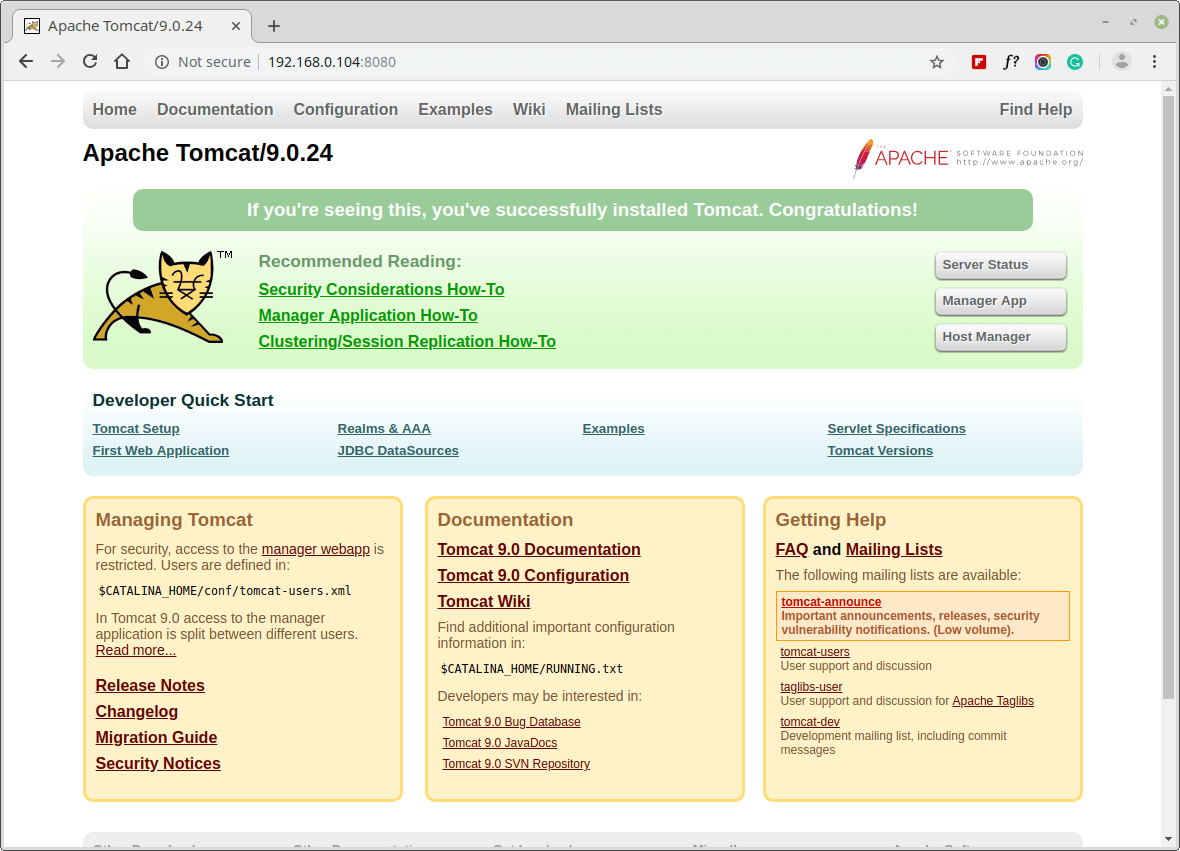
Learn how to install the Apache Tomcat on Linux distributions using the following guides.
5. Caddy Web Server
Written in Go, Caddy is a fast and powerful multiplatform web server that can also act as a reverse proxy, load balancer, and API gateway. Everything is built-in with no dependencies and this aspect makes Caddy easy to install and use.
By default, Caddy supports HTTPS and easily takes care of SSL/TLS certificate renewals. The lack of dependencies increases its portability across various distributions without any conflict in the libraries.
It’s an ideal web server for running applications written in GO and offers full support for IPv6 and HTTP/2 to enable fast HTTP requests. It also supports virtual hosting, advanced WebSockets technology, URL rewrites, and redirects, caching and static file serving with compression, and markdown rendering.
Caddy has a very small market share and according to W3techs, it accounts for only 0.05% of the market share.
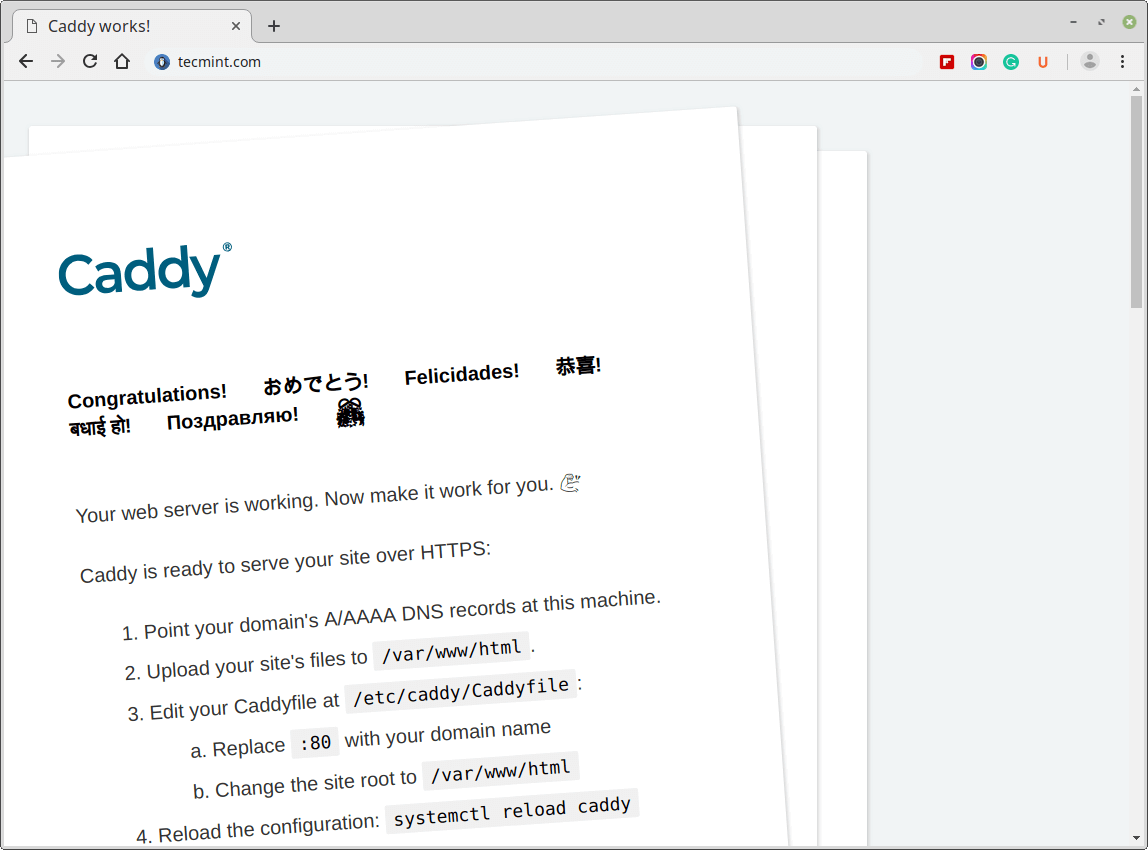
Learn how to install the Caddy web server on Linux distributions using the following guides.
6. OpenLiteSpeed Web Server
OpenLiteSpeed is an open-source web server designed for speed, simplicity, security, and optimization. It’s based on the LiteSpeed Enterprise Web server edition and provides all the essential features in the Enterprise edition.
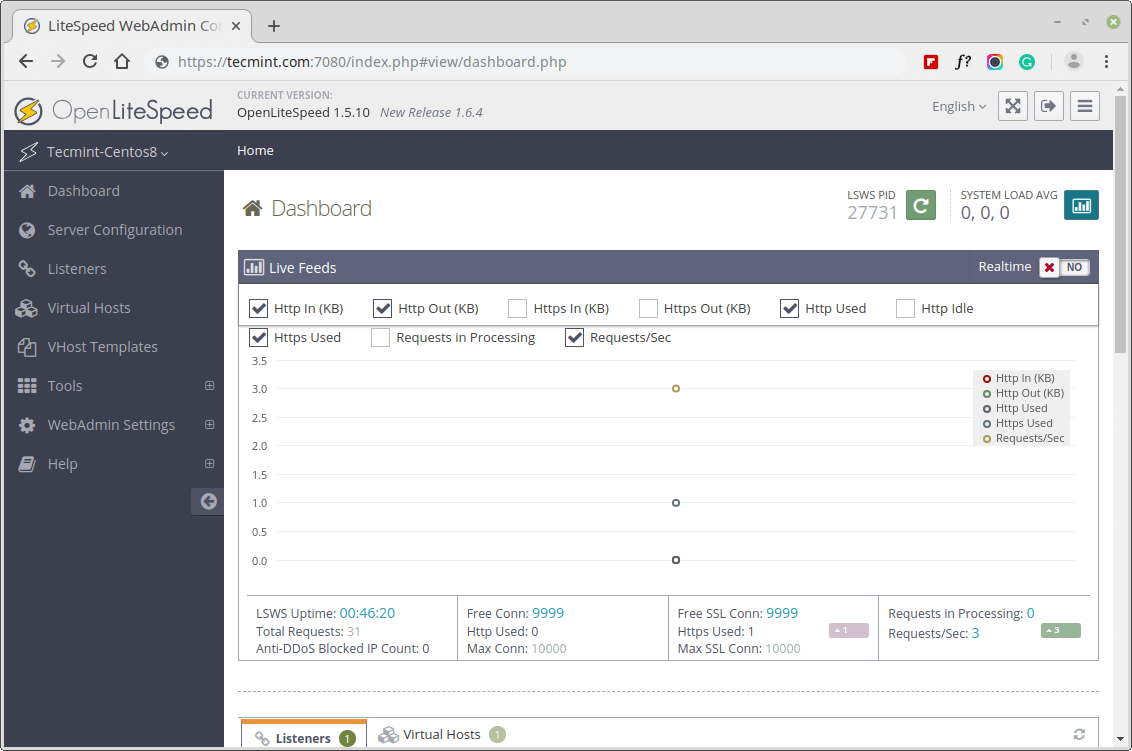
OpenLiteSpeed web server rides on an event-driven, resource-friendly architecture and features a user-friendly WebAdmin GUI that helps you manage your domains/websites and monitor an array of metrics.
It’s optimized to execute a wide spectrum of scripts such as Perl, Python, Ruby, and Java. OPenLiteSpeed supports both IPv4 and IPv6 with SSL/TLS support. It provides support for TLS 1.0, 1.1, 1.2, and 1.3.
You also get to enjoy bandwidth throttling, intelligent cache acceleration, HTTP request validation, and IP-based access control. Additionally, you will benefit from high-performance page caching, and the web server’s ability to handle thousands of concurrent connections.
Apart from acting as a web server, OpenLiteSpeed can serve as a load balancer and reverse proxy. It’s free to download and is available under the GPLv3 license.
Learn how to install the OpenLiteSpeed web server on Linux distributions using the following guides.
7. Hiawatha Web Server
Written in C, Hiawatha is a lightweight and secure web server built for speed, security, and ease of use. Its code and features are highly secure and can ward off XSS and SQL injection attacks. Hiawatha also allows you to monitor your server using a special monitoring tool.
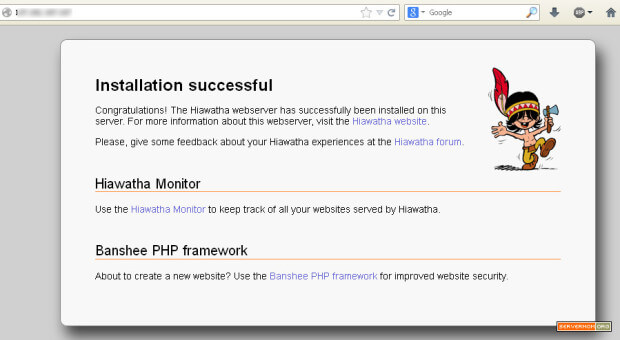
It’s also easy to install and comes with ample documentation to guide you through and give you all the information that you need. Hiawatha is recommended for embedded systems or old servers that have low specifications.
8. NodeJS
This might come as a shocker. Yes, NodeJS is primarily an open-source and cross-platform server-side runtime environment used for building web applications in Javascript. However, it’s also bundled with an http module that provides a set of classes and functions that extend its functionality and enable it to play the role of a web server.
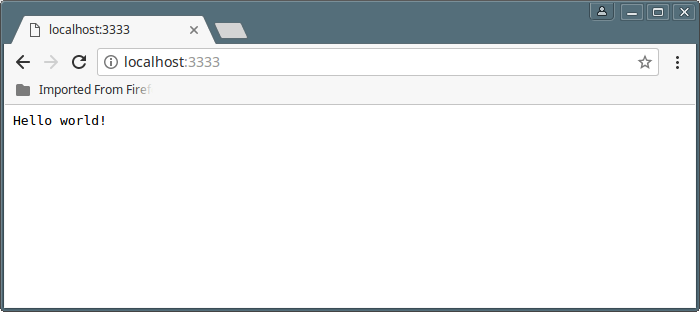
Learn how to install the NodeJS on Linux distributions using the following guides.
Conclusion
While we have covered some of the best open-source web servers, the list is by no means cast in stone. If you feel we have left one web server that should be featured in this list, give us a shout-out.


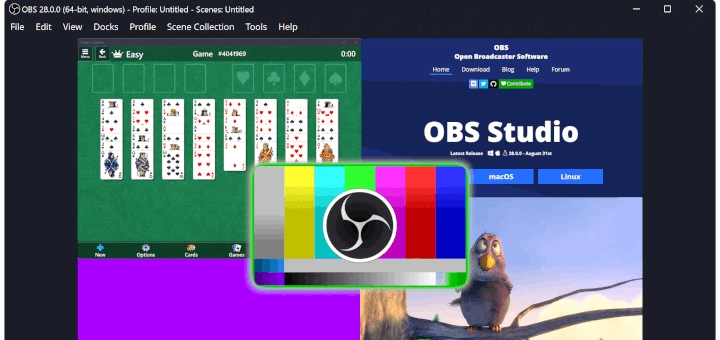
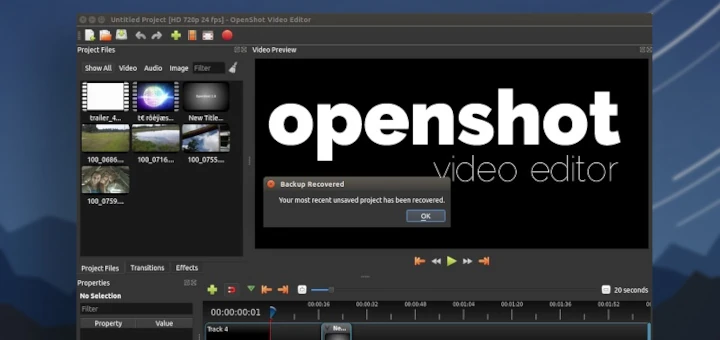
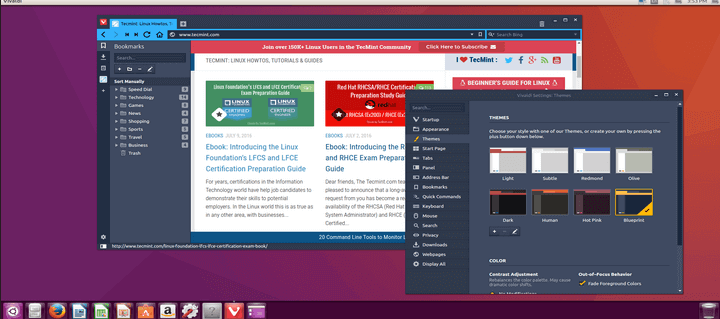
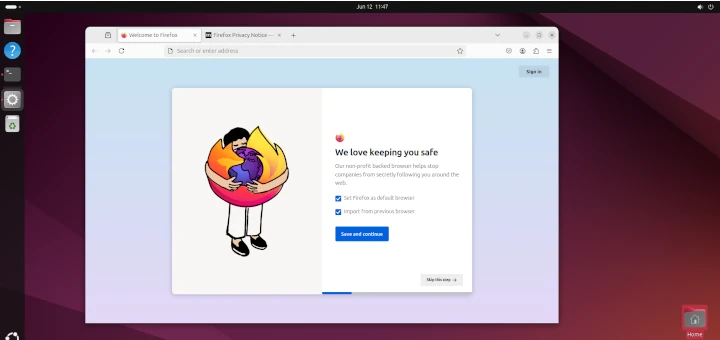
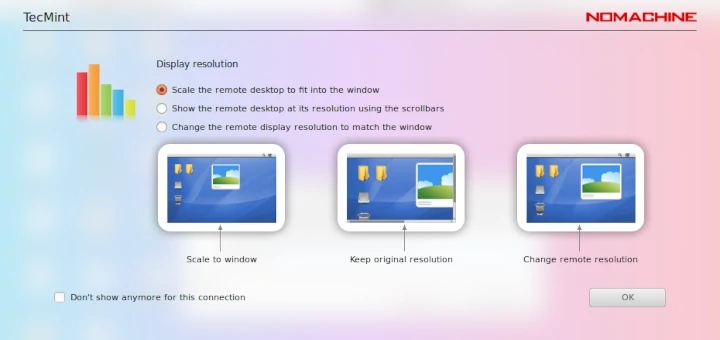

The fact IIS is not here, that’s enough for me.
Thanks
IIS is a closed source product by Microsoft. That explains why it didn’t make it on the list.
This is an article that serves as a disappointment for a website such as tecmint.
First of all, not all webservers are included, and then you add NodeJS as a webserver.
@Aleksandar,
Let me know which web server needs to be added to the list?
Aleksandar, while there are other web servers out there, we have highlighted 8 of the widely used web servers hence the title “The 8 best opensource web servers”.
“Best” according to whom? Just because you fancy them, does not make them the “best”.
@dragonmouth,
In the context of the article, a comment like “Best” can be subjective and dependent on individual preferences and requirements.
Thank You Mr. James Kiarie.
You are most welcome Supriyo. Keep it Tecmint,
Please, don’t forget Jetty.
NodeJS??? O.K. What about python’s built-in HTTP server? (python3 -m http.server)
was going to post the same thing! many languages can run an http server, does not mean you should.
Actually nginx and openlitespeed should be at the top because everything else is just old rubbish code which does not work or it is not maintained.
Did you forgot openlitespeed?
@Pratyaksh,
We have included OpenLiteSpeed to the list…
Thanks
I think Hiawatha is worth mentioning, too. Small footprint and secure.
@Maic,
Thanks for the suggestion, will include the Hiawatha Web server to the list…
Hiawatha Web Server added to the list as recommended by you…
I am shocked that litespeed has not been included on this list!
@Brad,
We have included the OpenLiteSpeed in the article…
Thanks
Hello, I have Apache and Nginx from Plesk is that good? thanks
@Alex,
Yes, but you running both Apache and Nginx on the same Plesk server?
How did OpenLiteSpeed miss on this list? It’s in fact, the best with great support for FREE from developers even if one is not on LiteSpeed Enterprise (Their paid version).
You can even check benchmarks. LiteSpeed trashes out these web servers on the list. As such, most hosts are now providing LiteSpeed enterprise for people on managed hosting.
@Deewinc,
We have included the OpenLiteSpeed in the article as suggested by the majority of people in the comments…
What about Phusion Passenger?
I think OpenLiteSpeed also worth being on this list.
Agree
Great.
With OpenLiteSpeed (OLS), you should add that they give you access to the CyberPanel control panel.
CyberPanel is robust, easy to use, and it’s comparable to Plesk. When installing OLS, they give you the option to install CyberPanel and use it for free.
You should also check server benchmarks. LiteSpeed comes with dope accelerators that beat Nginx and Apache combined.
It should top this list.